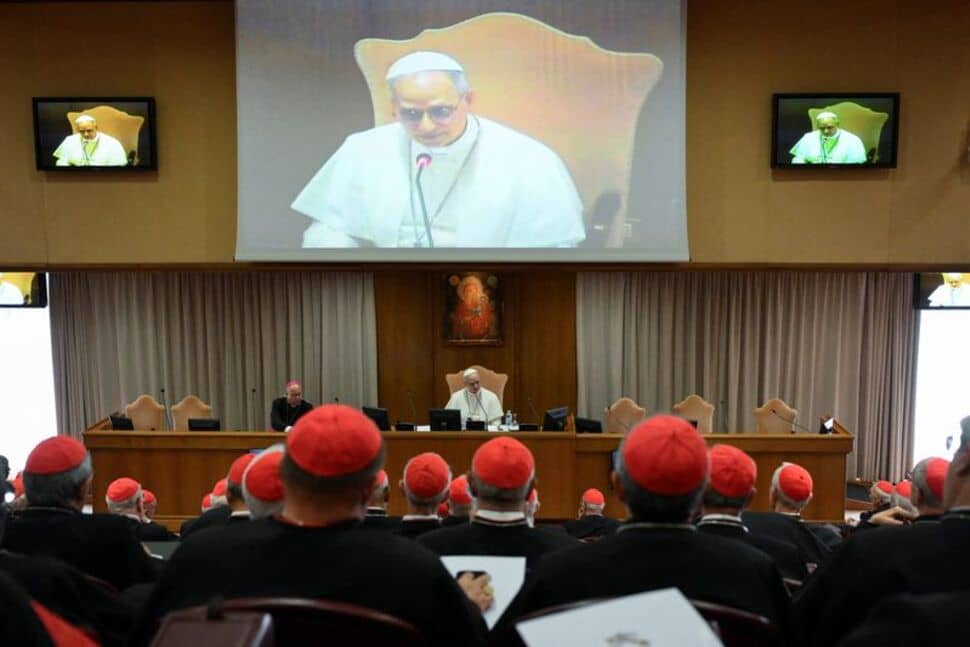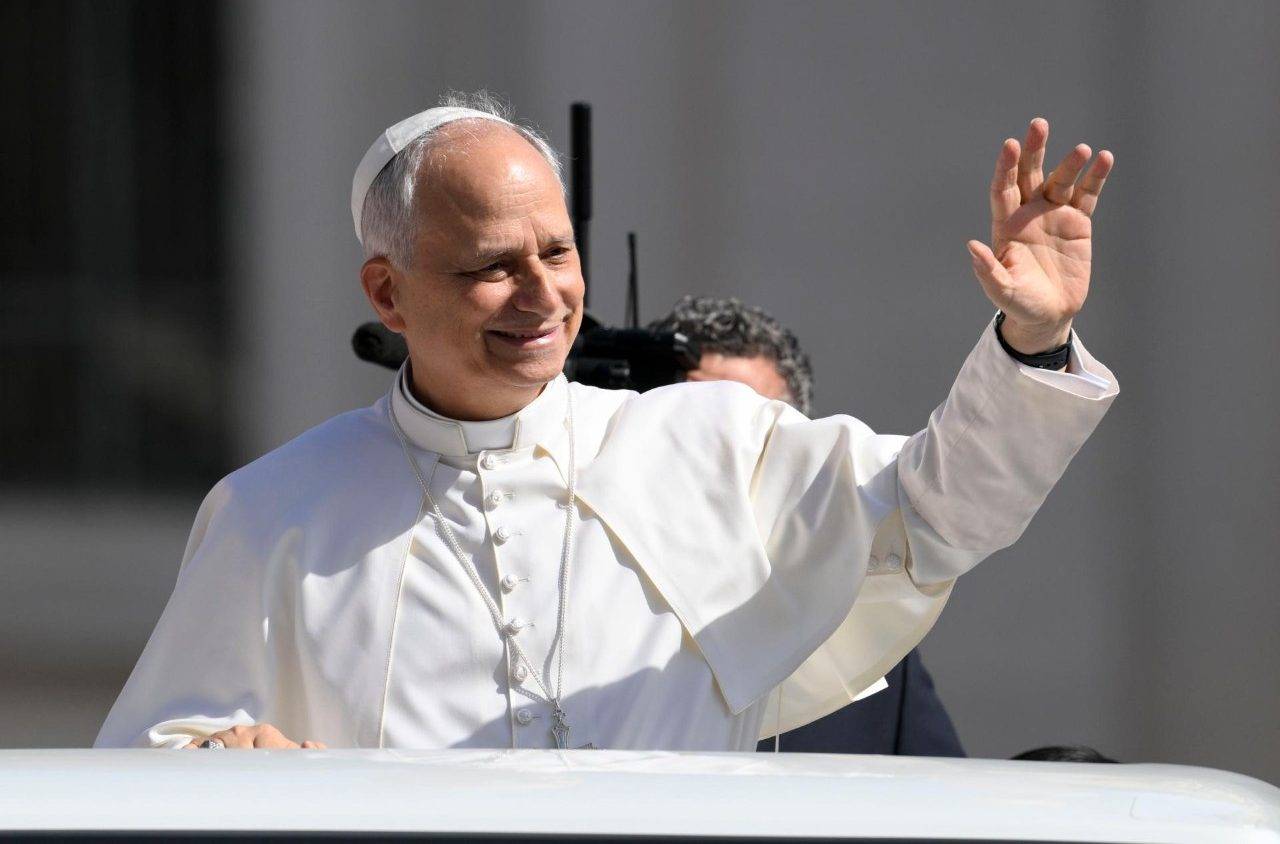ROME — In the abstract, one could make an awfully compelling case that today’s canonization ceremony for Mother Teresa in St. Peter’s Square, despite being a major logistical undertaking in Rome, is the least significant ecclesiastical event in recent memory.
Theologically, after all, a canonization doesn’t accomplish anything for the new saint, who’s already believed to be in heaven enjoying the company of God. Canonizations are for the rest of us, a way of lifting up a particular person as a role model for a holy life. It usually makes that saint better known, proposing him or her as a figure of devotion and inspiration for the entire Church.
If any Catholic figure of the modern era did not require a special event in order to be better known, it’s Mother Teresa – now St. Teresa of Calcutta.
At the popular level, I suspect perhaps 80 percent or more of the people who may catch images of today’s ceremony in St. Peter’s Square, featuring Pope Francis reading the traditional proclamation declaring Mother Teresa a saint, will be puzzled by what they see – surprised, in fact, that this didn’t happen a long time ago.
The world, in other words, has hardly been sitting around waiting for the Vatican to reach a conclusion most people regard as blindingly obvious.
Yet there is nevertheless a sense in which formally bestowing a halo on Mother Teresa matters, perhaps not so much in the traditional sense, but rather as a towering and permanent reminder of a key insight about the nature of the Catholic Church.
Here it is, put as simply as possible: Office is fleeting, but holiness is forever. Power in Catholicism isn’t ultimately about what role one holds, but how compelling a life one leads.
On Saturday morning, twenty-fours before today’s big event, my Crux colleague Inés San Martín and I were at the Santa Marta, the residence on Vatican grounds where Pope Francis lives and where visiting VIPS reside, to see Cardinal Oswald Gracias of Mumbai, India, who’s in town in part for the Mother Teresa canonization.
(As it turned out, we were a couple of minutes late for our appointment, not because we were slow in arriving, but because we got blocked for 15 minutes while Francis was being conveyed from the Santa Marta to St. Peter’s Basilica for a liturgy.)
Gracias said that as an Indian, he’s struck by how important Mother Teresa remains as a national hero even today, 20 years after her death, and how deep her popularity is among even non-Christians – who, of course, are the vast majority in India, where the dominant religious tradition is Hinduism.
Almost certainly, Gracias is today the most powerful Catholic cleric in India, the CEO of the country’s largest archdiocese as well as the lone Asian on Pope Francis’ council of nine cardinal advisers. He’s essentially one of a handful of advisers who are at the table giving advice on every major decision this pope has to make.
I asked Gracias, who’s now almost 72, if he could think of a single priest or bishop in his lifetime who left a deeper imprint on India, who was better known or more influential, than Mother Teresa.
“That’s a hard question to answer,” he said, smiling because he meant the exact opposite, and then said: “But the answer is no.”
The moral of the story here is not, by the way, a Beatles refrain that “all you need is love” in order to move the ball in the Catholic Church.
Yes, Gracias emphasized, Mother Teresa did deeply love the people she served, especially the poorest and most broken, and the power of her love was compelling. Yet wedded to that, he said, was an absolute will of iron.
He said that when he served as the secretary of the Indian bishops’ conference in the 1980s, Mother Teresa would often come calling on one bit of business or another – a clinic, for instance, that she wanted to found and needed help with zoning issues, or a home for abandoned children for which she needed to raise money and required ecclesiastical support.
She would usually come by herself, he said, and would always arrive a little early so she could bring him up to date on what was happening. Among other things, he said, he was always struck by how she simply took for granted that whatever she wanted at the moment was going to happen – the details might vary, the means might change, but, Gracias said, she had an absolute conviction that the end result would be achieved.
“She saw something that she believed needed doing, and she simply did it,” he said.
It wasn’t a question of ego, although she was keenly aware of her own celebrity and used it as another tool to accomplish her agenda. It was instead, Gracias said, the supreme confidence that comes with a holy sense of purpose.
That’s the lesson that Sunday’s canonization has to teach: In the Catholic Church, it can often seem as if power resides in those who wear Roman collars and pectoral crosses, who can get rooms in the Santa Marta and have private tables in its dining room where they regularly commune with the mighty of the earth.
Yet as Gracias, a member of that elite club, would be the first to tell you, that’s not really power – it’s more akin to the trappings of office. Real power erupts in Catholicism when love and will collide, and perhaps no one, ever, better made that point than a diminutive nun from Albania who today is the Church’s newest saint.

















